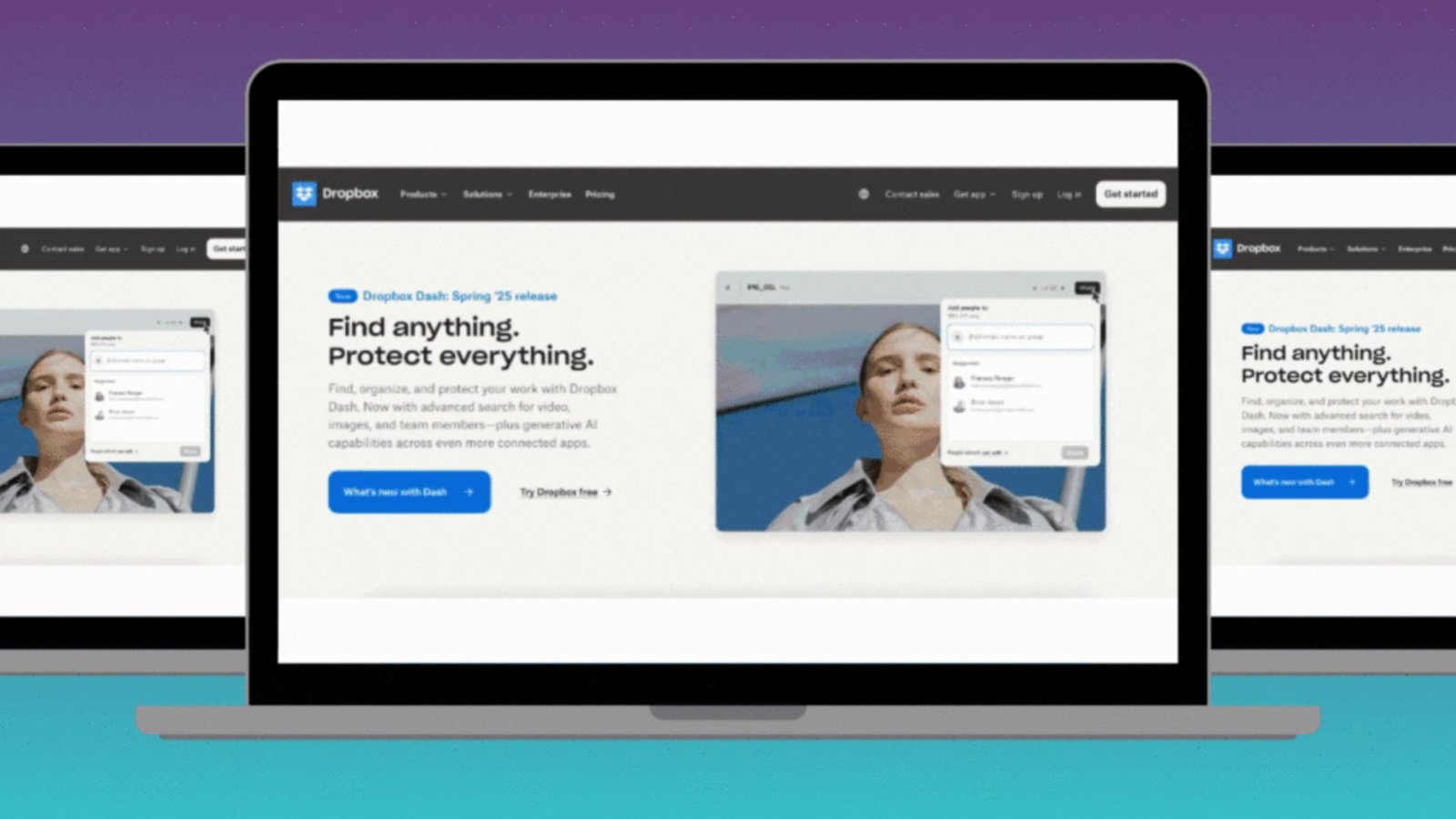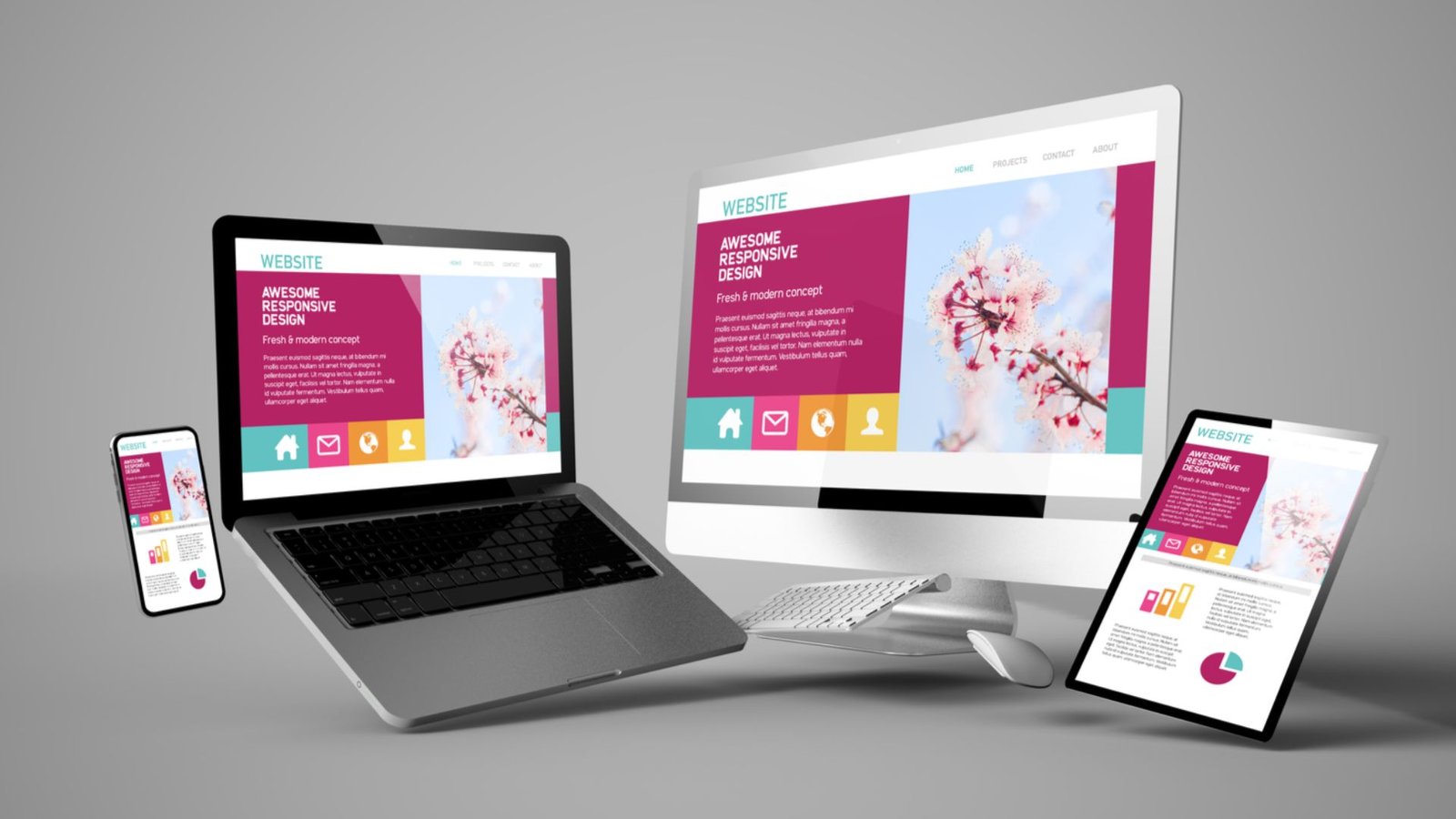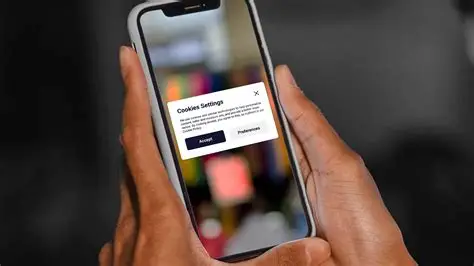Designing a website is not just about aesthetics; it’s about guiding visitors toward taking action. Understanding how to design for conversions ensures your site not only looks great but also drives sign-ups, sales, or other key goals. Conversion-focused design combines usability, psychology, and visual strategy to turn visitors into customers.
1. Prioritize Clear Calls to Action (CTAs)
CTAs are the primary drivers of conversions.
Tips for Effective CTAs
- Make buttons stand out with contrasting colors.
- Use action-oriented text like “Get Started” or “Claim Your Offer.”
- Place CTAs prominently above the fold and throughout the page.
- Avoid overwhelming visitors with multiple competing CTAs.
Strong CTAs are essential when learning how to design for conversions effectively.
2. Simplify Navigation
Complicated navigation can frustrate visitors and reduce conversions.
Navigation Best Practices
- Keep menus concise with 5–7 key items.
- Use descriptive labels to guide users.
- Include a search function for larger sites.
- Ensure all links are functional and intuitive.
Streamlined navigation is a core principle in how to design for conversions.
3. Optimize Landing Pages
Landing pages are critical for conversion campaigns.
Landing Page Tips
- Focus on one goal per page to reduce distractions.
- Use compelling headlines and subheadings.
- Include persuasive visuals and testimonials.
- Keep forms short and simple to increase completion rates.
Optimized landing pages are a cornerstone of how to design for conversions.
4. Use Visual Hierarchy
Visual hierarchy directs attention to important elements.
Hierarchy Tips
- Make primary CTAs the largest and most noticeable element.
- Use contrasting colors to highlight key sections.
- Organize content with headings, bullet points, and spacing.
- Place high-value information above the fold.
Applying visual hierarchy is crucial in how to design for conversions to guide user behavior.

5. Improve Page Load Speed
Slow websites discourage action and reduce conversions.
Speed Optimization Tips
- Compress images and use efficient file formats.
- Minify CSS, JavaScript, and HTML.
- Enable browser caching and use a CDN.
- Reduce unnecessary scripts or plugins.
Fast-loading pages are essential when considering how to design for conversions.
6. Build Trust with Social Proof
Visitors convert more when they trust your brand.
Social Proof Strategies
- Display customer testimonials or reviews.
- Include trust badges, certifications, or awards.
- Highlight case studies and client logos.
- Showcase user-generated content like photos or social shares.
Social proof is a powerful tool in how to design for conversions by increasing credibility.
7. Optimize Forms for User Experience
Forms are often the final step in conversion funnels.
Form Optimization Tips
- Minimize the number of fields to reduce friction.
- Use inline validation to prevent errors.
- Group related fields for easier completion.
- Include clear instructions and labels.
Effective forms are essential when learning how to design for conversions.
8. Apply Color Psychology
Colors influence user emotions and decisions.
Color Tips
- Use colors strategically to guide attention to CTAs.
- Choose a color palette consistent with branding.
- Avoid overwhelming users with too many bright colors.
- Test color combinations for effectiveness in A/B tests.
Color psychology is a subtle but impactful element in how to design for conversions.
9. Minimize Distractions
Reducing distractions helps users focus on desired actions.
Tips to Minimize Distractions
- Limit pop-ups and auto-playing media.
- Avoid excessive ads or banners near CTAs.
- Remove unnecessary sidebars or navigation items on key pages.
- Keep messaging concise and focused.
Minimizing distractions is critical in how to design for conversions.
10. Test and Iterate
Continuous testing ensures your design maximizes conversions.
Testing Tips
- Conduct A/B tests for headlines, CTAs, and layouts.
- Use heatmaps to analyze user behavior.
- Monitor analytics to track conversion rates.
- Implement changes based on real user data.
Regular testing is the final step in mastering how to design for conversions.
Conclusion
Designing for conversions requires a strategic approach that combines clarity, usability, trust-building, and visual guidance. By optimizing CTAs, simplifying navigation, using visual hierarchy, and continuously testing your website, you can create an experience that not only attracts visitors but also drives meaningful actions.
Effective conversion-focused design transforms a website from a passive presence into a powerful tool for growth, engagement, and revenue.











